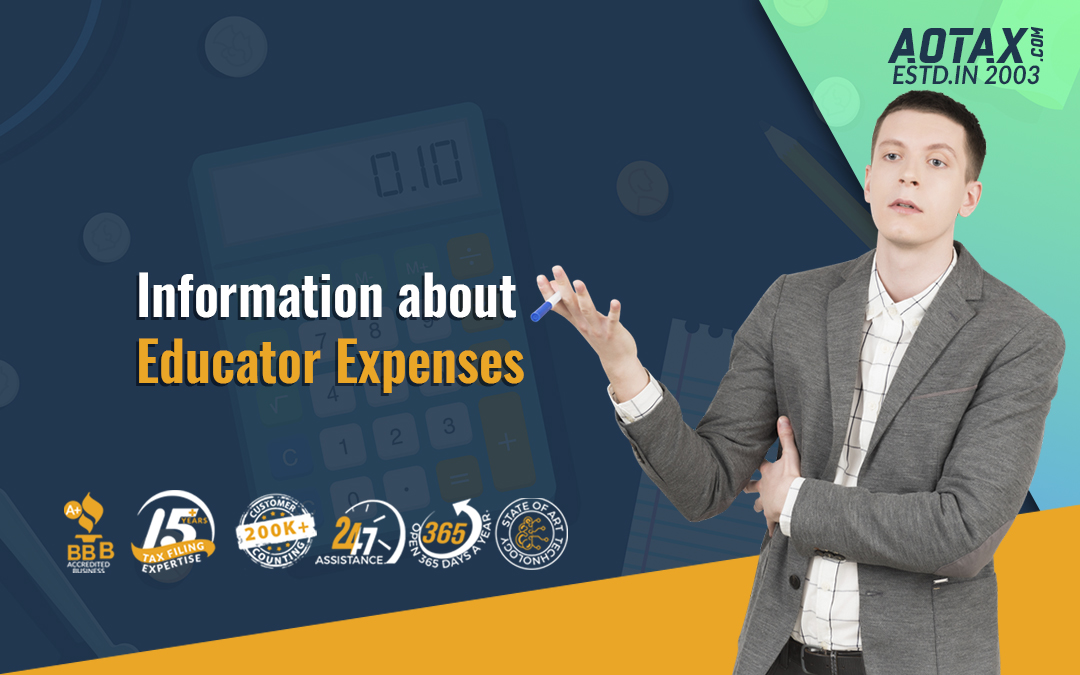
10 Things you should know about College tax Savings Plan for?
10 Things you should know about College tax Savings Plan for?
College Tax Savings Plan Let’s face it. College and education, in general, are getting expensive. This means that saving for your children’s future can be a daunting task. It is only natural that one looks for as much help as possible.
Should you look at investing in a 529 college savings plan? American parents who have kids, save on an average $18,135 for college. And about 30% of these savings go into a college savings plan. While the average savings in the plan was $2,280 in 2016, it has nearly doubled to $5,441.
General savings account for another 22% for college-related funds. While 14% are investment related savings. More parents are opting to invest in a college savings plan and here are some important facts that you should be aware of.
- Anyone can open a 529 college savings plan and invest in one of the instruments.
- Though people usually associate a 529 plan with college tuition, it does much more than that.
- Amendments to the tax laws recently, allow individuals to withdraw up to $10,000 from a 529 for the purpose of K-12 tuition expenses.
- The plan is not limited only for kids or teenagers. You can open an account and start saving for graduation or higher studies.
- A single tax filer can contribute as much as $15,000 for a year as tax-free in a 529 plan. For married couples filing jointly, the amount is $30,000.
- You also have the option to contribute $75,000 into a 529 plan up front for 5 years. For married couples filing jointly, the amount is $150,000.
- 529 plan is similar to mutual funds in some ways, as you have the option to purchase them on your own or take the help of a financial advisor.
- You can buy a 529 plan depending on the age of your kid, however, you should also look at the past returns and volatility. Some plans can be very aggressive for you, while others can be quite conservative.
- Before you start saving into a 529 plan, it is essential to go through all the terms and conditions. You should be aware of the plan’s ins and outs along with any limits that the provider imposes.
- Another crucial aspect that you should not miss at any cost is the enrolment fees of the plan along with any annual fees.
Since there are different 529 plans that you can choose from, it is important to delve into the details. Try to look for a plan that offers state-level tax breaks. You should also look at the expense ratio of the plan. A higher ratio would eat into your profits.
There are some cases where your kids might not need to use the 529 plan. What happens to the fund in such cases? Well, you can always transfer the fund to someone in the family. If that is also not possible, you can withdraw the fund yourself. But keep in mind, that you will have to pay a 10% penalty for not using it for educational purposes.
A fundamental of any investment is the minor fluctuation with the market. And 529 plans aren’t immune to that. Thus, it is important that you look into the assets that a fund is investing it.
If you have a short term in your hands, take four or five years for an example, and you invest it entirely in stocks, that might be a bad idea. A big swing in the market can nullify your funds. Thus, take the duration and risk appetite into consideration before investing.


Recent Comments